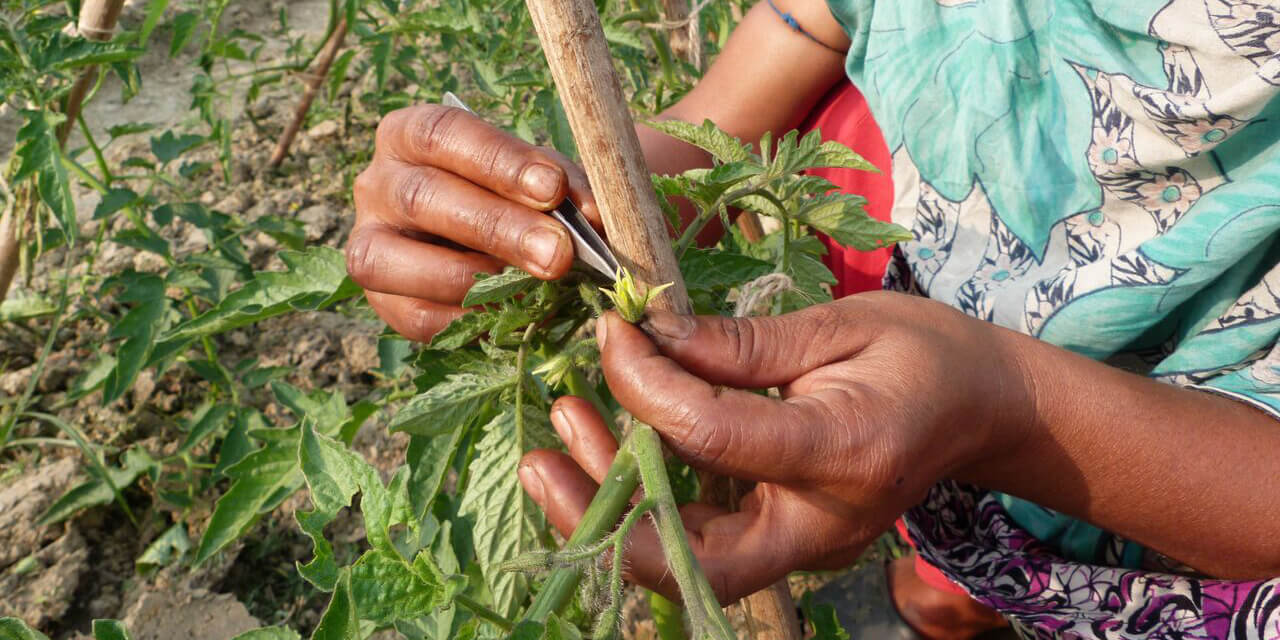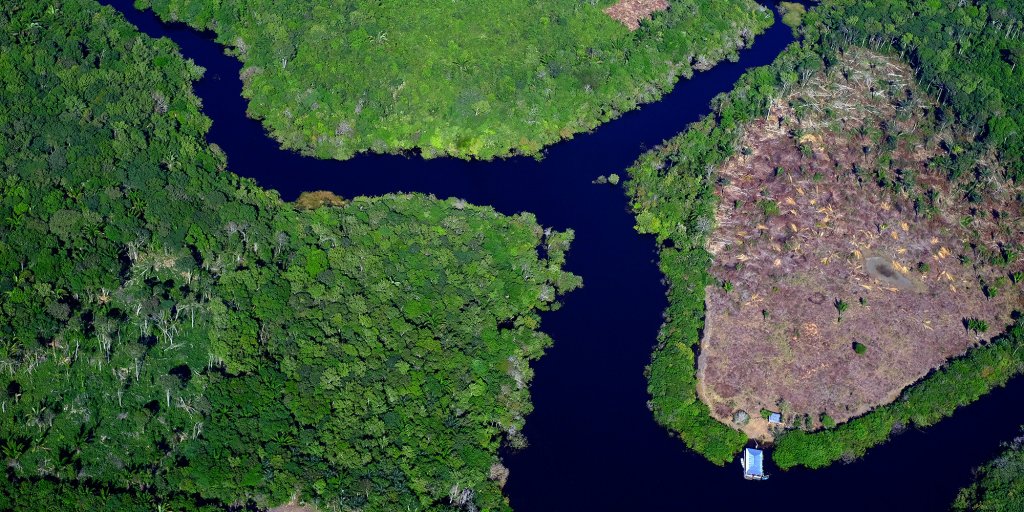
Key references
CBD, “Global biodiversity outlook 5” (CBD, Montreal, 2020).
Diaz, Sandra & Settele, Josef & Brondízio, Eduardo & Ngo, Hien T. & Agard, John & Arneth, Almut & Balvanera, Patricia & Brauman, Kate & Butchart, Stuart & Chan, Kai & Garibaldi, Lucas & Ichii, Kazuhito & Liu, Jianguo & Subramanian, Suneetha & Midgley, Guy & Miloslavich, Patricia & Molnár, Zsolt & Obura, David & Pfaff, Alexander & Zayas, Cynthia. (2019). Pervasive human-driven decline of life on Earth points to the need for transformative change. Science (New York, N.Y.). 366. 10.1126/science.aax3100.
Diaz, Sandra & Zafra-Calvo, Noelia & Purvis, Andy & Verburg, Peter & Obura, David & Leadley, Paul & Chaplin-Kramer, Rebecca & De Meester, Luc & Dulloo, Ehsan & Martín-López, Berta & Shaw, M. & Visconti, Piero & Broadgate, Wendy & Bruford, Michael & Burgess, Neil & Cavender-Bares, Jeannine & Declerck, Fabrice & Fernández-Palacios, José & Garibaldi, Lucas & Zanne, Amy. (2020). Set ambitious goals for biodiversity and sustainability. Science. 370. 411-413. 10.1126/science.abe1530.
Friedman, K., Bridgewater, P., Agostini, V., Agardy, T., Arico, S., Biermann, F., Brown, K., Cresswell, I. D., Ellis, E. C., Failler, P., Kim, R. E., Pratt, C., Rice, J., Rivera, V. S., & Teneva, L. (2022). The CBD Post-2020 biodiversity framework: People’s place within the rest of nature. People and Nature, 00, 1–10. https://doi.org/10.1002/pan3.10403
IPBES (2019): Global assessment report on biodiversity and ecosystem services of the Intergovernmental Science-Policy Platform on Biodiversity and Ecosystem Services. E. S. Brondizio, J. Settele, S. Díaz, and H. T. Ngo (editors). IPBES secretariat, Bonn, Germany. 1148 pages. https://doi.org/10.5281/zenodo.3831673
Lucas A. Garibaldi -Facundo, J. Oddi, Fernando E. Miguez, Ignasi Bartomeus, Michael C. Orr, Esteban G. Jobbágy, Claire Kremen, Lisa A. Schulte, Alice C. Hughes, Camilo Bagnato, Guillermo Abramson, Peter Bridgewater, et al. (2020) Working landscapes need at least 20% native habitat. Conservation Letters e.12773. https://doi.org/10.1111/conl.12773
Pedro Jaureguiberry, Nicolas Titeux, Martin Wiemers, Diana E. Bowler, Luca Coscieme, Abigail S. Golden,Carlos A. Guerra, Ute Jacob, Yasuo Takahashi, Josef Settele, Sandra Díaz, Zsolt Molnár, Andy Purvis. (2022) The direct drivers of recent global anthropogenic biodiversity loss, Science Advances, 8, 45,. doi:10.1126/sciadv.abm9982
Obura, David & Katerere, Yemi & Mayet, Mariam & Kaeolo, Dickson & Msweli, Simangele & Mather, Khalid & Harris, J. & Louis, Maxi & Kramer, Rachel & Teferi, Taye & Samoilys, Melita & Lewis, Linzi & Bennie, Andrew & Kumah, Frederick & Isaacs, Moenieba & Nantongo, Pauline. (2021). Integrate biodiversity targets from local to global levels. Science. 373. 746-748. 10.1126/science.abh2234.
Reyers, B., Selig, E.R. (2020) Global targets that reveal the social–ecological interdependencies of sustainable development. Nat Ecol Evol 4, 1011–1019. https://doi.org/10.1038/s41559-020-1230-6
The ISC is active at the Science-Policy Forum for Biodiversity taking place on 11 and 12 December 2022, and other events taking place at the COP15.


11 December 2022. This event will be broadcast online (link to follow).
Image by Md. Shafiqul Islam Shafiq via Biodiversity International on Flickr.